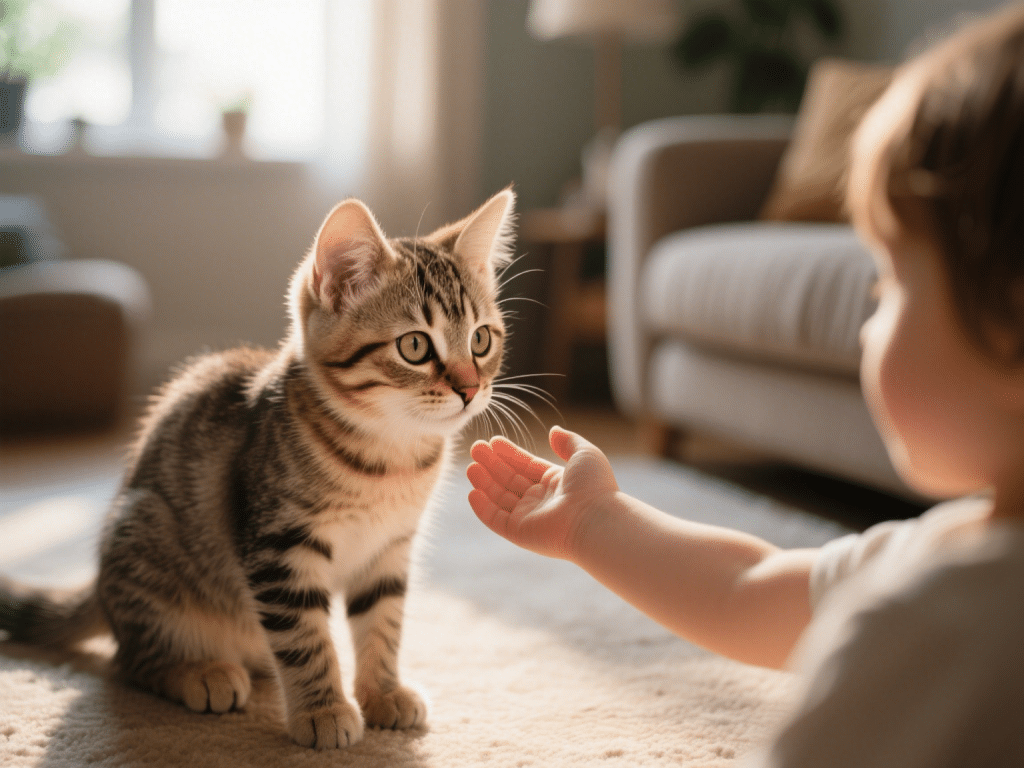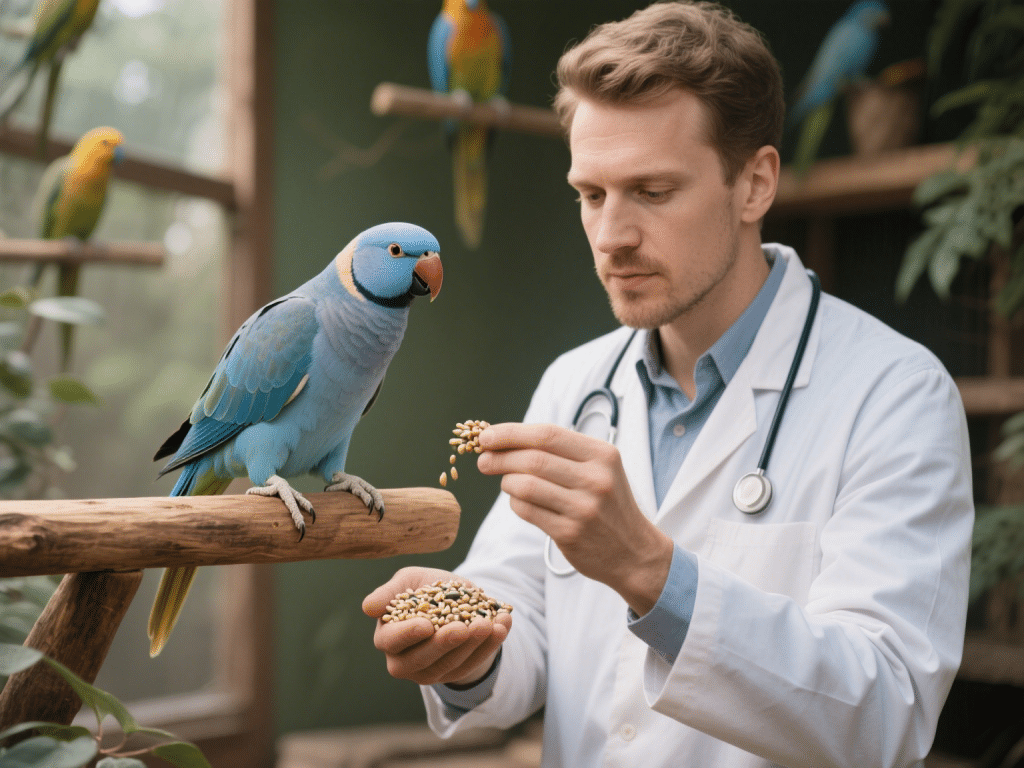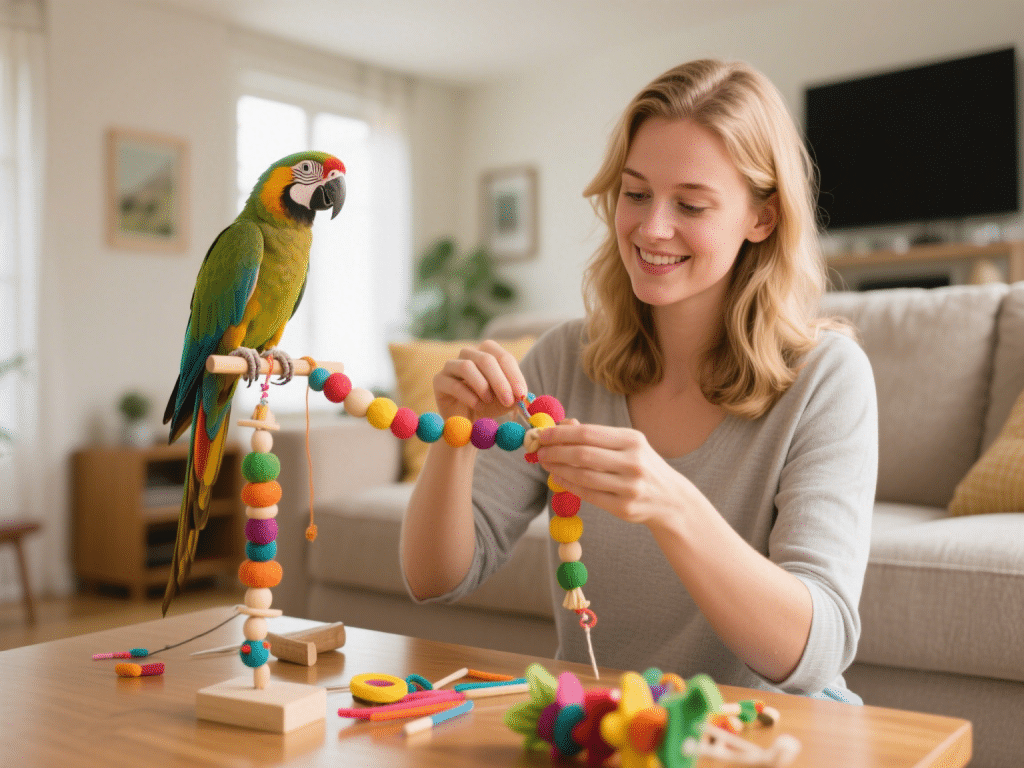
Socializing Your Kitten: Effective Techniques for a Confident Cat
Socialization is the cornerstone of a well‑adjusted, emotionally healthy cat. During the...

As someone who’s raised parakeets since childhood and advised dozens of aviary enthusiasts, I know that optimal nutrition is the cornerstone of a happy, long-lived parakeet. Here’s my comprehensive plan—rooted in veterinary guidance and years of hands-on experience—to ensure your feathered friend thrives.
Parakeets (budgerigars) are small yet voracious metabolisms. An unbalanced diet can lead to feather plucking, fatty liver disease, and weakened immunity. A well-rounded diet fuels daily activity, supports molting cycles, and keeps their sparkling personalities bright.
High-Quality Pellets (50–60%)
Why: Formulated to deliver consistent vitamins and minerals.
How: Choose non-dyed, fortified pellets and limit seed mixes that favor sunflower or millet.
Fresh Vegetables & Leafy Greens (20–25%)
Examples: Romaine lettuce, dandelion greens, broccoli florets, grated carrots.
Prep: Wash thoroughly; chop small. Rotate daily for variety.
Fresh Fruit & Treats (5–10%)
Examples: Apple slices (seedless), berries, mango.
Occasion: Serve sparingly to prevent sugar overload.
Safe Grains & Sprouted Seeds (5–10%)
Why Sprouted: Increases digestibility and nutrient availability.
Tip: Sprout millet or quinoa at home under clean, damp conditions.
Water: Change daily; consider adding a mineral supplement (as per avian vet) if local water is overly soft.
Calcium: Offer cuttlebone and mineral blocks to support bone health and egg-laying needs.
Morning: Provide fresh pellets, greens, and water.
Midday: Offer a small fruit portion; replace wilted veggies promptly.
Evening: Remove any leftover perishable food to prevent bacterial growth.
Experience Share: My parakeet, Sunny, regained full feather condition within three weeks of switching to this plan—no more bald patches!
Feather Dullness: May signal vitamin A deficiency.
Fluffed Posture & Lethargy: Could indicate cold stress or poor diet.
Overweight: Visible fat deposits near vent or keel bone—reduce seeds.
Schedule an annual avian check-up. Share your diet log so your vet can fine-tune supplements. Early detection of liver or kidney markers on blood work can save your pet’s life.
By adhering to this structured nutrition and wellness guide, your parakeet will reward you with chirpy chatter, vibrant plumage, and boundless curiosity for years to come.

Socialization is the cornerstone of a well‑adjusted, emotionally healthy cat. During the...

IntroductionFor individuals with allergies, choosing a dog breed that produces fewer aller...

IntroductionParrots are intelligent, social birds requiring mental and physical stimulatio...

Leash reactivity is a common behavioral issue where dogs overreact—by barking, lunging, ...

IntroductionEar infections (otitis externa) are common in dogs, especially those with flop...

IntroductionAs dogs age, joint health becomes a primary concern. Osteoarthritis and reduce...
Comments on "The Ultimate Guide to Parakeet Nutrition and Wellness" :